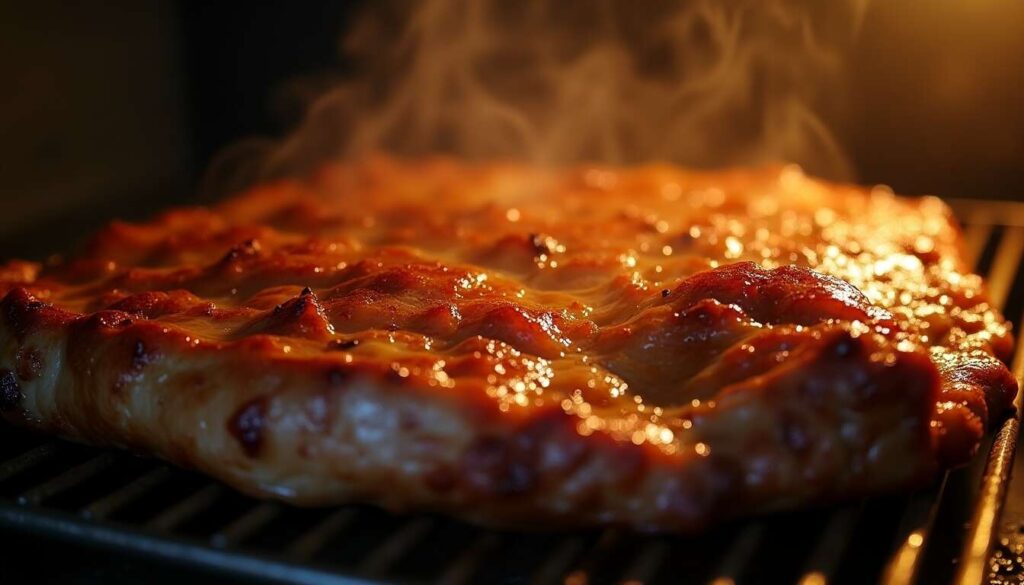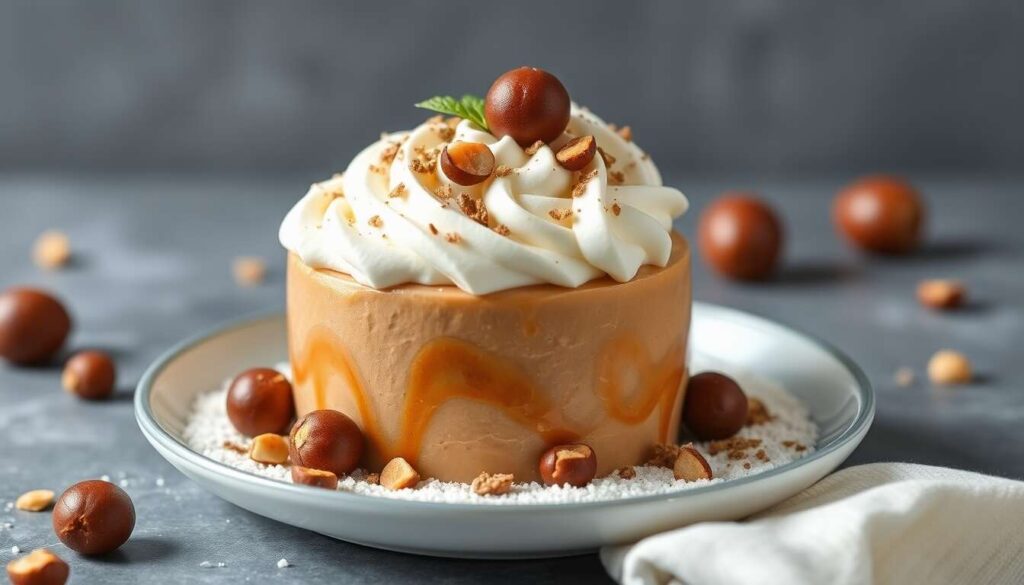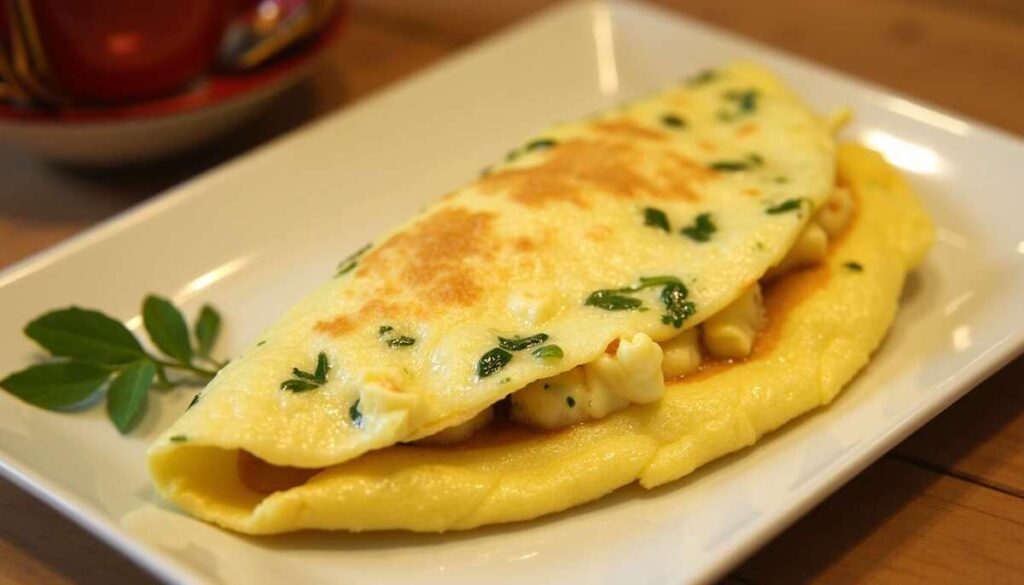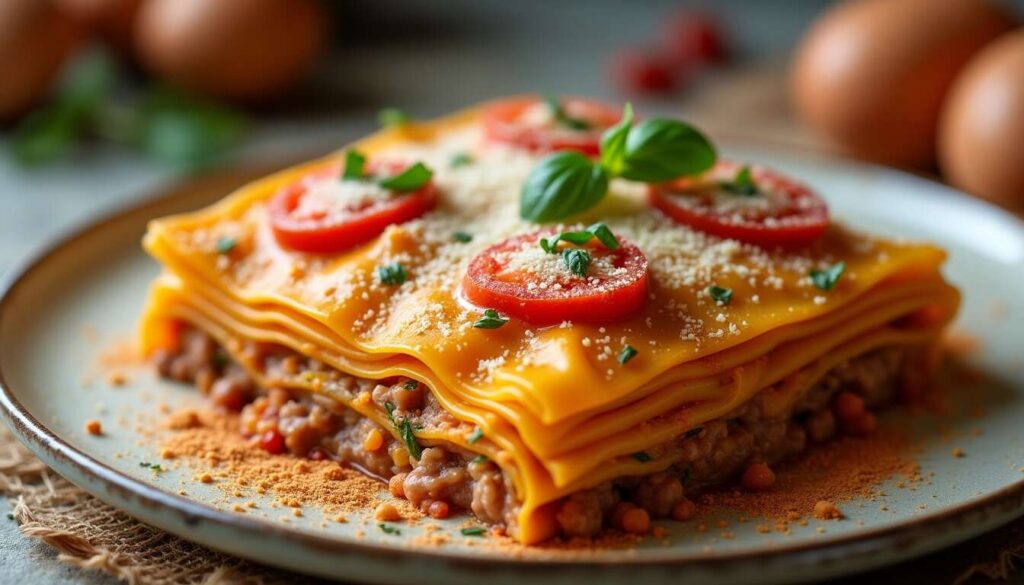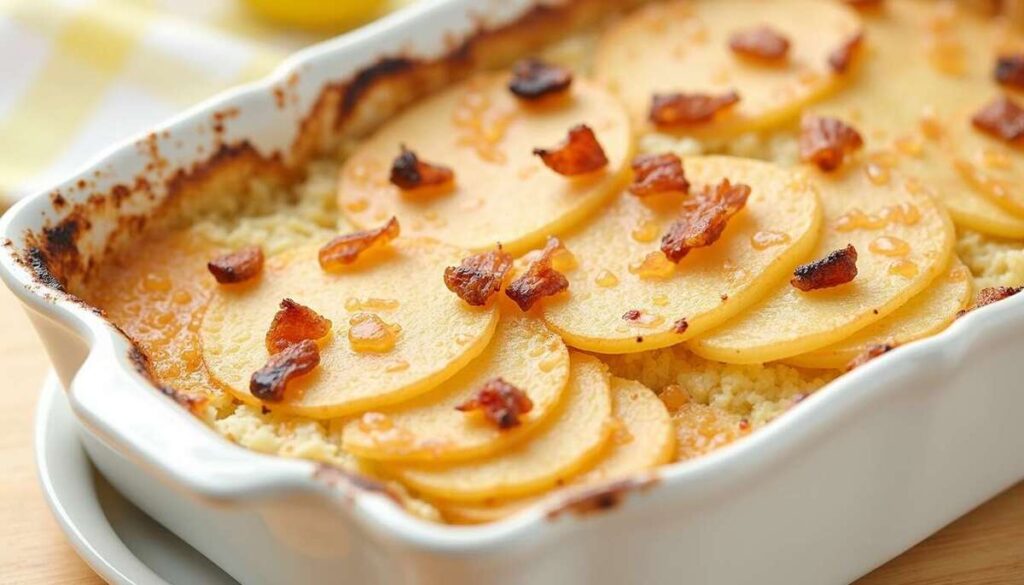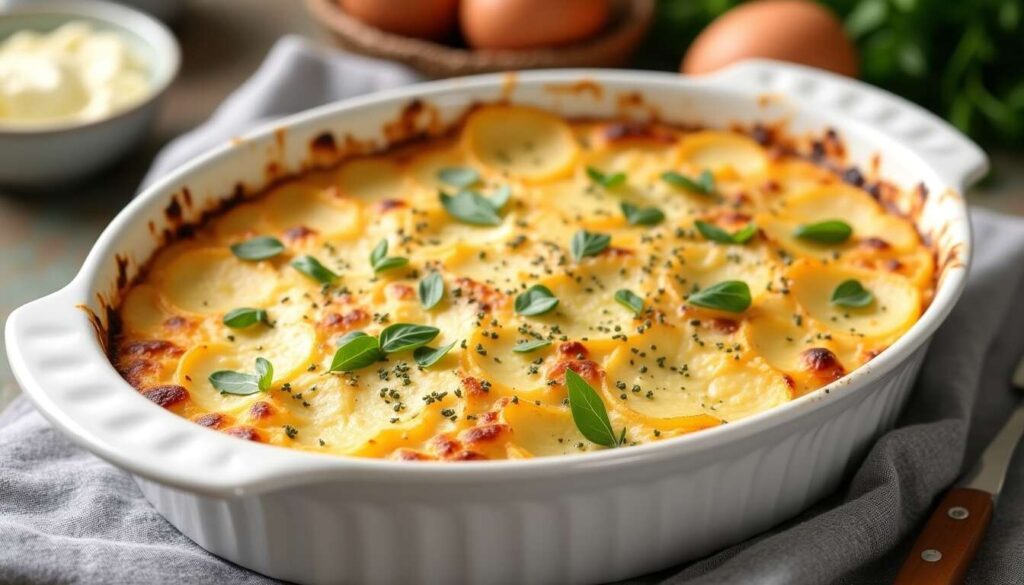In the culinary world, slow cooking in the oven is a cherished technique known for its often exquisite results. This method enhances flavors while ensuring that dishes maintain a tender texture. However, certain pitfalls can jeopardize this exceptional culinary process. In this article, we will delve into two common mistakes to avoid during slow cooking and share essential tips for perfecting your dishes.
Understanding the Principles of Slow Cooking
The Benefits of Slow Cooking
Slow cooking is a culinary method that, when executed correctly, offers numerous advantages. It elevates the ingredients, preserving their moisture and intensifying their flavors. Here are some reasons why it is held in such high regard:
- Better Nutrient Retention: Gentle cooking helps to preserve the vitamins and minerals in the food.
- Unmatched Tenderness of Meats: Prolonged cooking allows the fibers to relax and the muscles to tenderize.
The Importance of Temperature Control
In slow cooking, temperature control is crucial. This process involves cooking food at a relatively low temperature for an extended period, ensuring a uniform and gentle cooking process. This prevents meat from drying out and produces delicious dishes.
Now that we grasp the fundamental principles of slow cooking, let’s address common errors that can refine our technique.
Identifying Common Mistakes in Slow Cooking
Beginner’s Mistakes: Forgetting to Preheat
A frequent oversight in slow cooking is neglecting to preheat the oven. This simple step ensures that the meat begins cooking under optimal conditions, thereby preserving its texture and flavor. Skipping this phase may lead to uneven cooking and detract from the tenderness that slow cooking is renowned for.
Choosing the Wrong Temperature
The temperature is a critical element to master to prevent your dishes from becoming too dry or acquiring a rubbery texture. Cooking at excessively high temperatures often results in undesirable outcomes. Here are temperature recommendations for specific cuts of meat:
- Leg of lamb: ideally between 160°C and 180°C.
- Lamb shoulder: preferably between 150°C and 160°C for exceptional tenderness.
- Lamb chops: sear on high heat before continuing on low heat.
With these mistakes identified, let’s explore the critical role of temperature in this culinary process.
The Role of Temperature: Avoiding Extremes
Optimal Temperature: An Exact Science
Achieving the proper temperature is essential for successful slow cooking. Excessive heat can denature proteins too rapidly, compromising texture and flavor. It is advisable to adjust your oven according to the specific recommendations for each type of meat or dish being prepared.
| Type of Meat | Recommended Temperature |
|---|---|
| Leg of lamb | 160°C to 180°C |
| Lamb shoulder | 150°C to 160°C |
| Lamb chops | Sear then cook on low heat |
Continuing on our culinary journey, let’s examine the importance of carefully preparing your ingredients before slow cooking.
Ensuring Proper Ingredient Preparation
Quality Begins with Preparation
The success of slow cooking relies heavily on the meticulous preparation of ingredients. This includes:
- Choosing fresh products: opting for top-quality ingredients ensures a better result.
- Marinating: marinating the meat before cooking allows it to absorb desired flavors and tenderize.
- Thoughtful seasoning: a judicious amount of salt and spices will enhance your slow-cooked dishes.
Optimal preparation of your ingredients is a necessary prelude to successful slow cooking. Let’s now focus on mastering another crucial element: timing.
Mastering Cooking Times: Why Timing is Crucial
Timing and Patience: Two Allies of Success
Timing is a foundational element of slow cooking. Overcooking, even at low temperatures, can compromise your efforts. Knowing when to remove your dish from the oven requires special attention and a bit of practice.
By managing cooking times with precision, you can fully enjoy the benefits of this method. However, do not forget that seasoning is equally important for creating irresistible dishes.
Tips for Optimal and Flavorful Seasoning
The Art of Seasoning in Slow Cooking
Seasoning is one of the highlights of successful cooking, particularly in the context of slow cooking. To achieve a dish brimming with flavor:
- Use fresh herbs: they release their aromas gradually.
- Opt for spices ground by hand to ensure freshness and intensity.
By carefully integrating flavors, your dish will transform into a true gustatory symphony. Thus, slow cooking in the oven proves to be an impeccable method for elevating your dishes. Keeping the various mistakes to avoid in mind will ensure that you achieve exceptional quality in your cuisine, ready to impress your guests.
In summary, while slow cooking in the oven requires care, it remains accessible to all as long as you avoid the pitfalls of neglected preheating and excessive temperature. Pay close attention to your preparations and seasoning, and this natural method will allow you to create delicious and nutritious dishes to share with family and friends.

